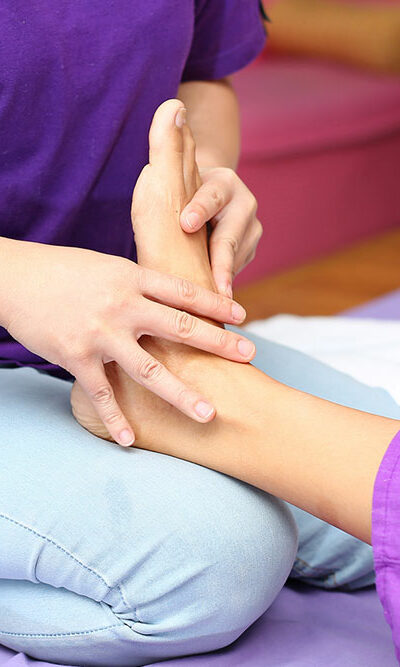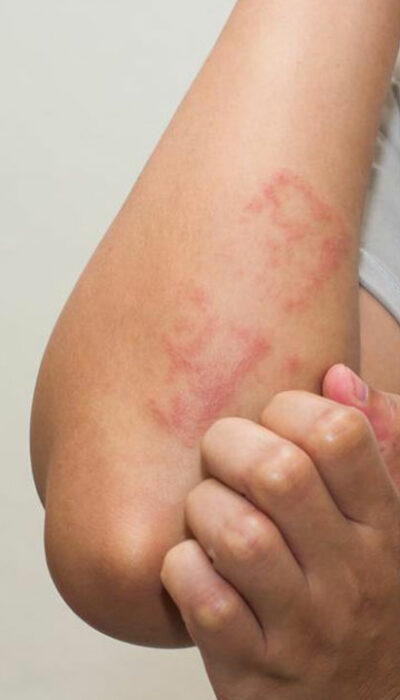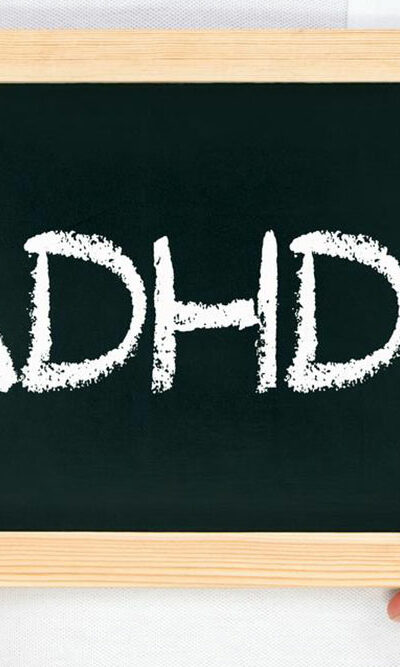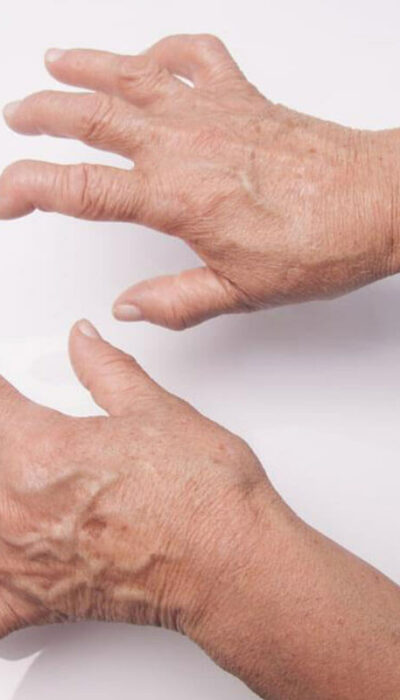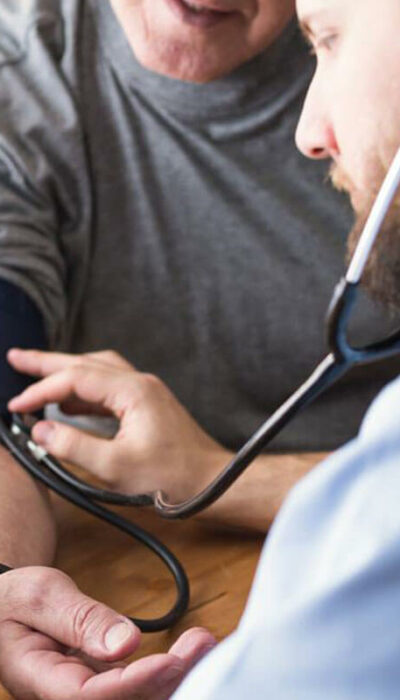
7 Precautions to Take While Using Ozempic
Though progress in medical science has eradicated several life-threatening diseases, there are some ailments that cannot be cured entirely. Such chronic ailments cannot be treated, but there are innovative ways of bringing it under control and successfully coexisting with the said condition. One such chronic condition that alters an individual’s life is diabetes mellitus. This condition is a group of metabolic diseases that bring about dramatic changes in an individual’s blood sugar levels, either due to the inadequate production of insulin or because their body’s cells do not respond favorably to insulin. About 100 million people in the country are affected by diabetes or are in the prediabetes stage. Poor eating habits or one’s genetic predisposition make an individual more susceptible to developing diabetes at any stage of their lives. Though diabetes is a distressing health condition, with the right diabetes medication like metformin, insulin injections, and glyburide, a balanced diet, and regular exercise regime, you can bring the ailment under control. Moreover, there are medications to keep the complications associated with diabetes like heart problems or foot complications in check. In combination, all of these factors will ensure that you control this ailment’s progression. However, at times, even these medications and lifestyle choices aren’t enough to bring the elevated blood sugar levels in control or to stabilize its levels. At this point, your doctor might add Ozempic® (Semaglutide) to your diabetes medications. Ozempic® is a glucagon-like peptide receptor agonist which is engineered for people with type 2 diabetes as glucagon and insulin are the hormones that work in unison to bring the blood sugar levels under control, but in opposing ways. This glucagon-like peptide receptor agonist works by helping the body produce more insulin on its own. Ozempic® is available in the form of a prefilled pen and is administered subcutaneously.
